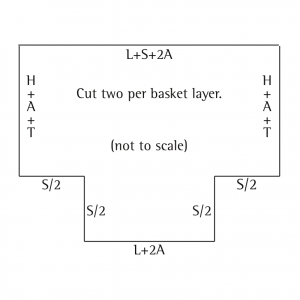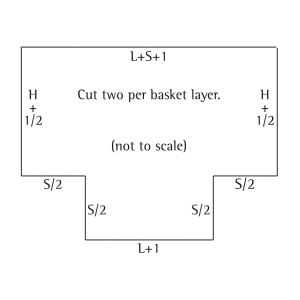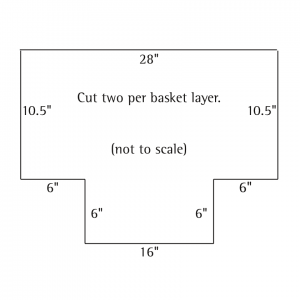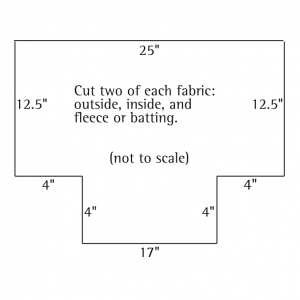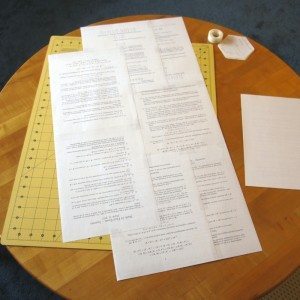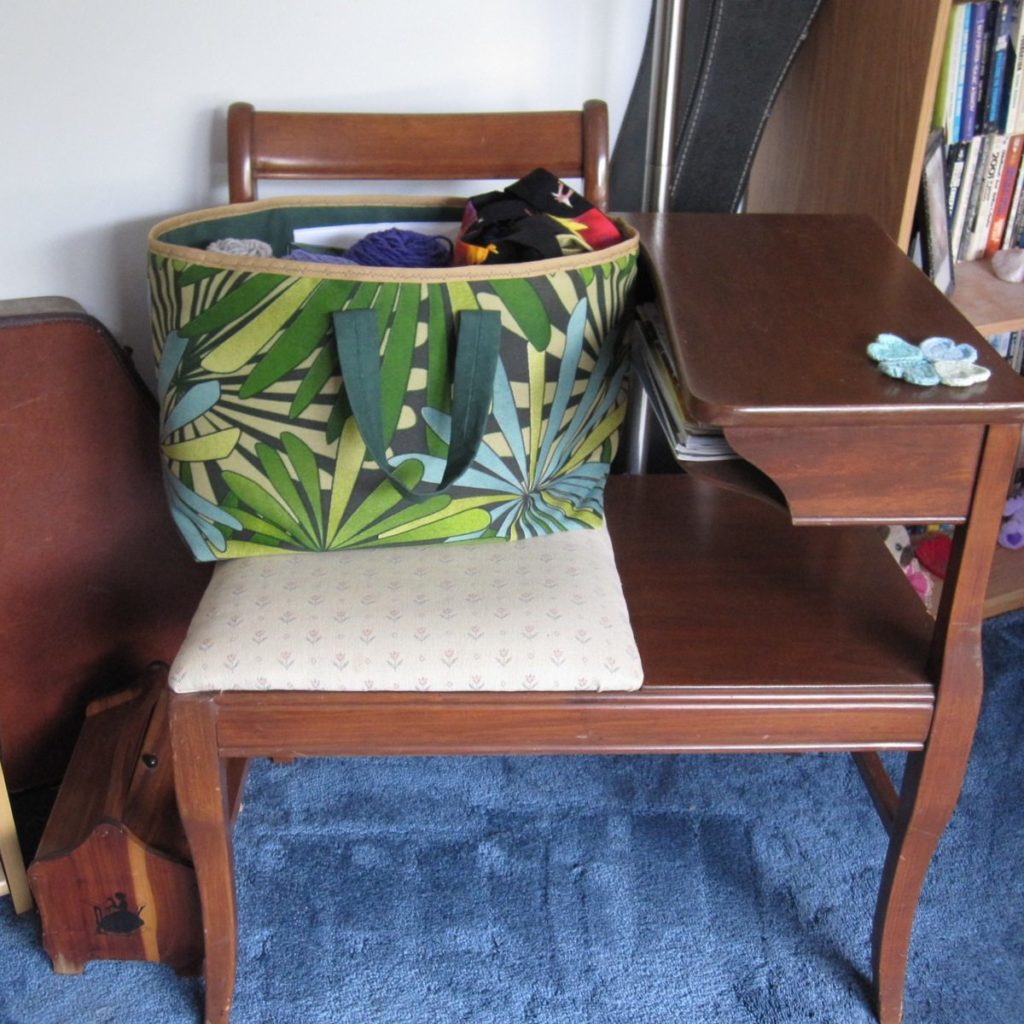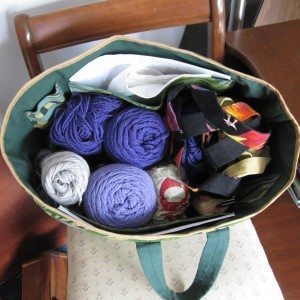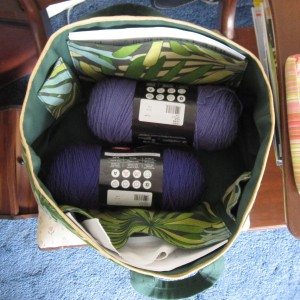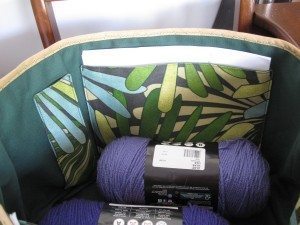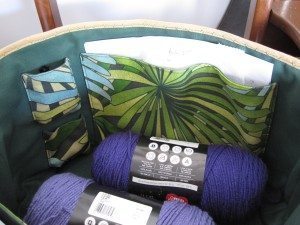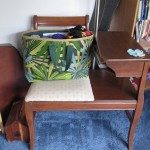 I know I said my fabric basket didn’t come out perfectly. The basic construction is still sound (follow that second link to see the directions), so I thought you might want to know how to use it for a custom size basket.
I know I said my fabric basket didn’t come out perfectly. The basic construction is still sound (follow that second link to see the directions), so I thought you might want to know how to use it for a custom size basket.
Here are the measurements you need:
H = height of basket
L = length of long side of basket opening
S = length of short side of basket opening
A = seam allowance for side and base seams
T = top opening turn-down allowance
In the basket I just made, these numbers were 12, 16, 8, 1/2, and 0, all in inches.
There will be vertical seams down the center of each short side. If you want to make a cube, H, L, and S will all be the same number. A and T will often also be the same number; for me, A is almost always 1/2″. If you want to have a lined basket where the outer fabric folds over the inner fabric and then under itself to give a clean edge, you’ll need two different values of T: 0 for the lining pieces and at least 1″ for the outer pieces (that would give a half-inch band around the inside top, with a half-inch turn-under of the raw edge); if I were doing this I would probably want a T of 2″ so a half-inch first fold would leave a 1.5 inch second fold, which is to say an inch and a half wide band of outer fabric around the top of the inside. At least for a large basket I would want a wide band like that.
As before, the rectangles below are not to scale. The cut-outs are larger than they would typically be, for ease of placing readable measurements on them.
Example: no turn-down at top because basket will be bound around top, seam allowance elsewhere is 1/2″.
If this were a file box, L = 15″, S = 12″, H = 10″, we’d have the following.
It would be easy to modify this so there is a 1″ band of outside fabric at the top of the lining, with a 1/2″ turn-under at the bottom of the band. The lining would be cut by measurements of Example 1. The outer fabric would be cut almost the same, but the upper part of the side would be H + 2. For the file box, that makes it 12″.
I hope these are useful diagrams. Let me know if you make something with them!
